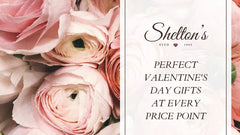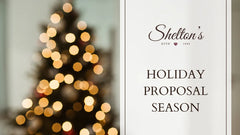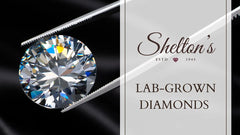A Guide to Finding the Perfect Engagement Ring
Some girls dream up a proposal when they are little. Thinking about the endless possibilities. Some girls have notebooks, binders or even slideshows of exactly what they want, and when and where they want it.
Others don’t think about it at all. They are ready for the surprise, being taken by the moment.













